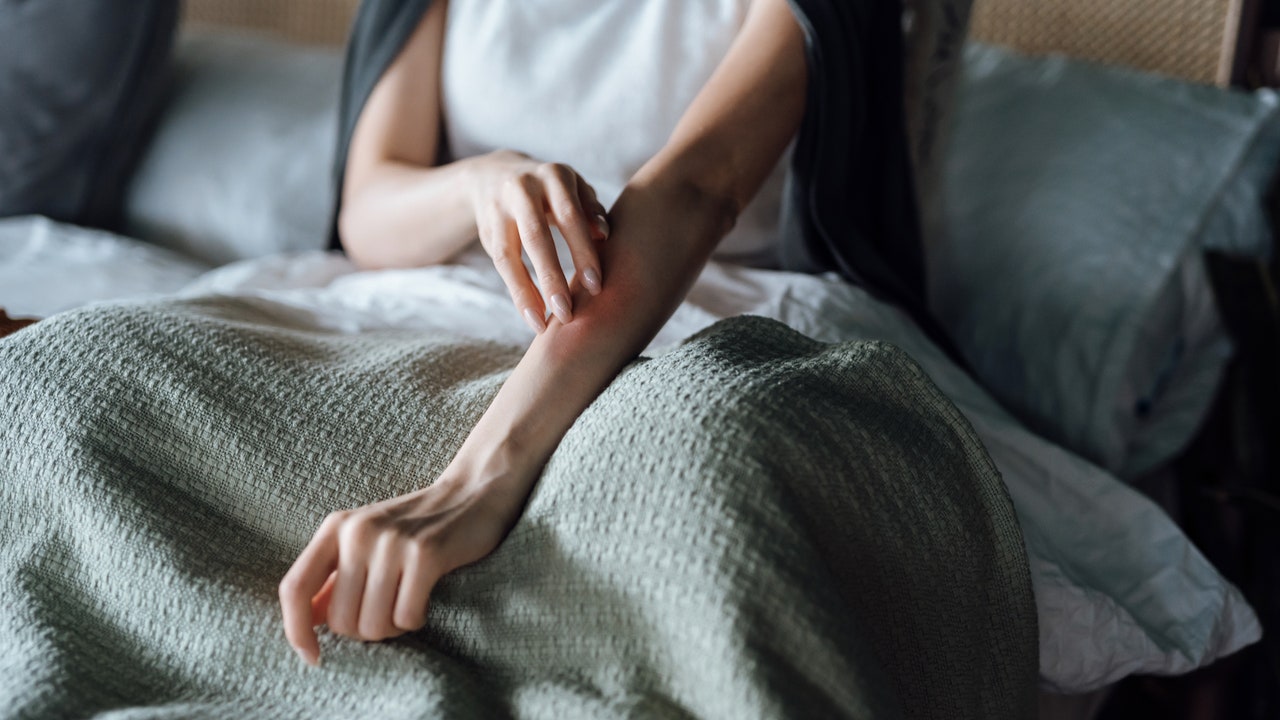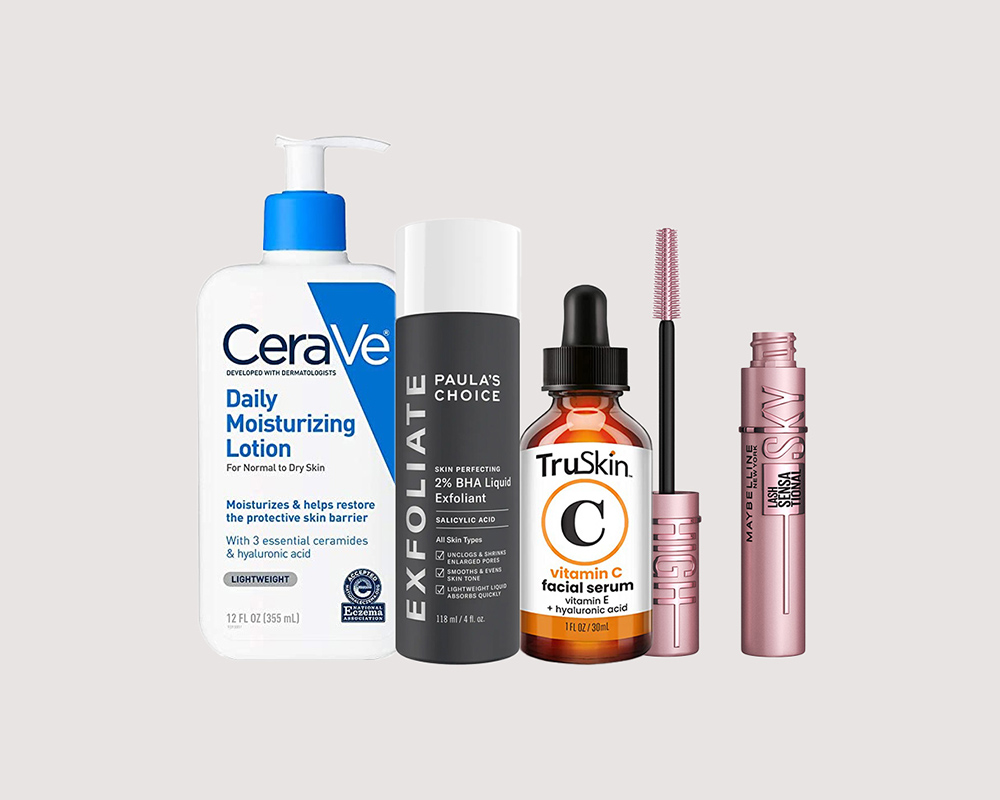
[ad_1]
Many people can use topical or oral steroids without experiencing any severe side effects, but a small, unknown percentage suffer from something called topical steroid withdrawal (TSW). TSW can occur when people have developed a dependency on topical steroids and decrease or stop usage.
“The higher the potency, the longer the period of [steroid] application, and the more frequent the application, the higher the risk of topical corticosteroid withdrawal,” says Hadley King, MD, a New York City-based dermatologist. The risk of this condition increases when patients use prescription-grade steroid creams, but over-the-counter ones can trigger TSW, too.
Anthony Rossi, MD, a board-certified dermatologist and expert on sensitive skin, adds that, “Dermatologists will not use topical steroids for an extended period of time if we don’t have to because we don’t want the side effects of them such as thinning of the skin, stretch marks, or acne.” Doctors typically like to wean people off of oral and topical steroids slowly to avoid flare-ups.
Sedi Khumalo, who is in her 20s and based in Manchester, England, currently lives with TSW. Like Jayne, she was diagnosed with eczema as a child, and experienced flare-ups her whole life around her inner elbow and behind her knees. These flares usually seemed like the result of seasonal changes, she explains.
“The potency of my prescriptions became stronger and stronger over the years,” Khumalo says. “I remember telling my [doctor] that I felt like the steroids were making my skin worse.” During her withdrawals, she noticed that her eczema and keratosis pilaris would act up. Then, she began to experience what she describes as a “bone deep itch,” blisters that would crust over before falling off, and oozing skin. “My nipples [would stick to] my bra,” she adds.
As things got worse, she developed a laundry list of symptoms: blurry vision, a type of swelling known as edema, and the feeling of a burning sensation after applying moisturizer or coming into contact with water. “I was experiencing insomnia, hair loss, depression, and chills,” she says. “My skin was extremely dry and flakey, and currently the skin around my mouth tears open when I laugh, eat, yawn, brush my teeth, or talk.” Dr. King confirms that some common TSW symptoms include red, burning skin, rosacea, or perioral dermatitis. Severe itchiness, burning, redness, and peeling can also occur, says Dr. Engelman.
Jayne cites similar symptoms of TSW. “My body was becoming increasingly more red, especially my face, and there were raised red lumps of skin,” she says. “At my worst, I have been covered from head to toe in red, sore, itchy skin. Parts of my body would ooze plasma, I’d barely have to scratch and they would ooze as my skin barrier is so fragile. I have also suffered a lot from edema, especially in my face and around my eyes.”
[ad_2]
Source link






